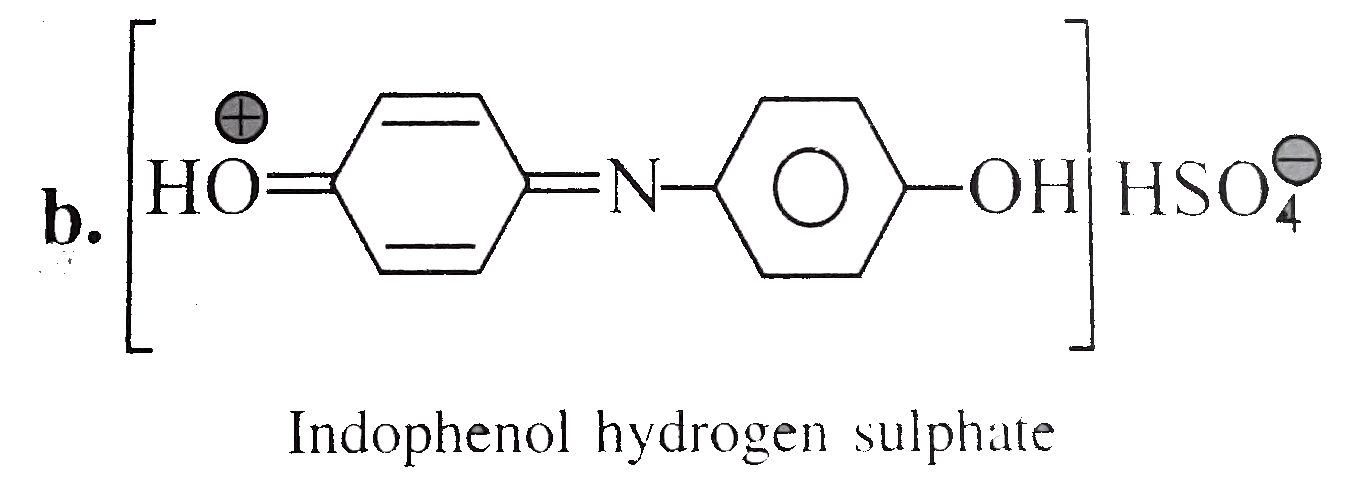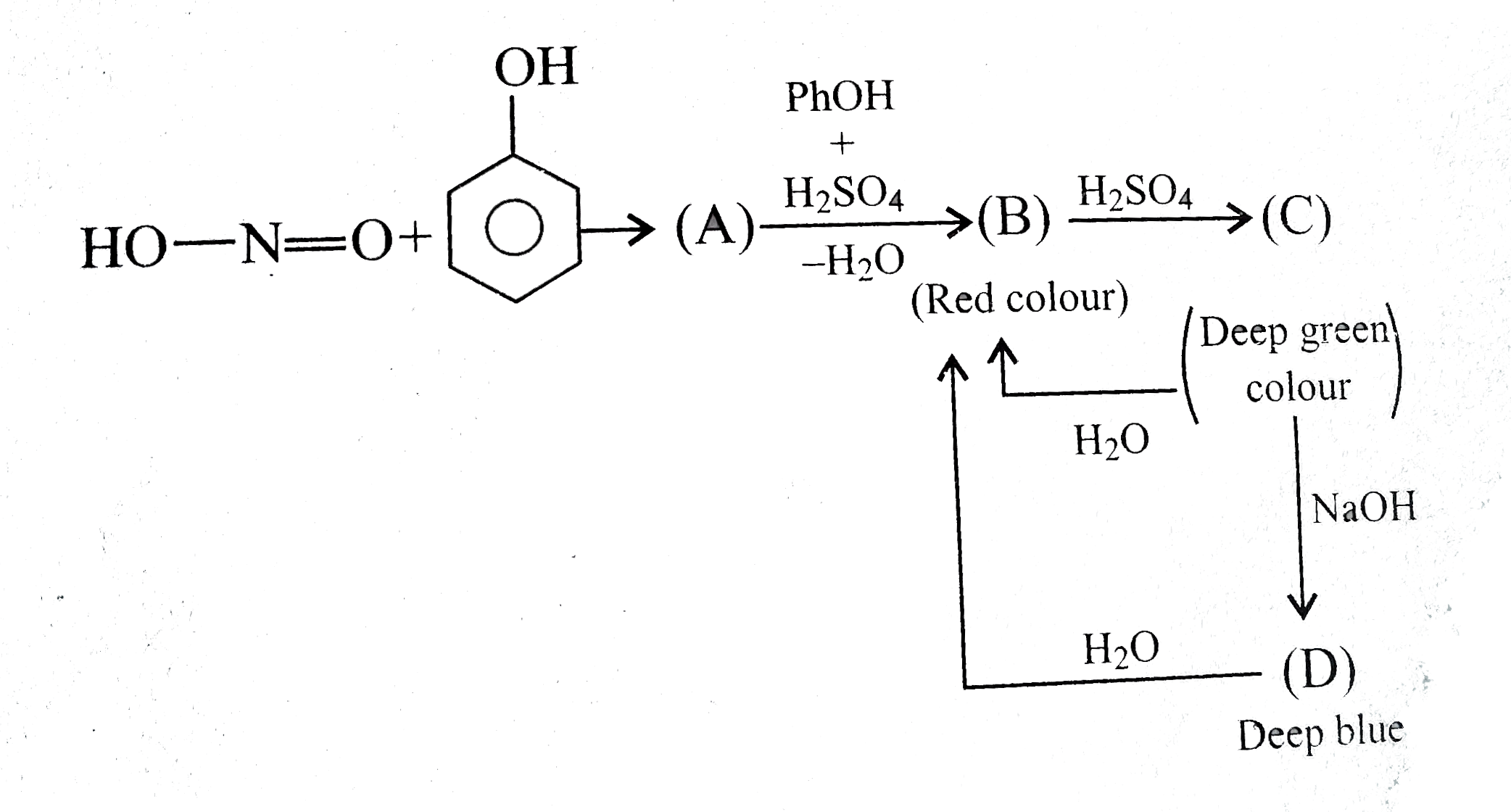Black colour compound A is insoluble in HCI solution but soluble in aqua regia due to formation of compound B. When excess of KCN solution is added to compound B, it gives initially green ppt. C and finally gives yellow solution due to formation of D. compound D and its EAN are respectively.
K2[Ni(CN)4],34
K3[Cu(CN)4],35
K3[Co(CN)6],36
K4[Fe(CN)6],36
The correct Answer is:A
Topper's Solved these Questions
- SALT ANALYSISBOOK - GRB PUBLICATIONCHAPTER - SALT ANALYSISEXERCISE - K: Vth and Vth Group Cations
10 Videos
- SALT ANALYSISBOOK - GRB PUBLICATIONCHAPTER - SALT ANALYSISEXERCISE - L: Miscellaneous
40 Videos
- SALT ANALYSISBOOK - GRB PUBLICATIONCHAPTER - SALT ANALYSISEXERCISE - I. IIIrd Group Cations
36 Videos
- S BLOCK ELEMENTSBOOK - GRB PUBLICATIONCHAPTER - S BLOCK ELEMENTSEXERCISE - SUBJECTIVE TYPE
9 Videos
- THERMODYNAMICSBOOK - GRB PUBLICATIONCHAPTER - THERMODYNAMICSEXERCISE - All Questions
704 Videos
Similar Questions
Knowledge Check

The red colour of compound (B) is due to the formation of:Aa. Bb.
Bb. Cc.
Cc. Dd.Both (a) and (b).
Dd.Both (a) and (b).
The deep blue colour of compound (D) is due to the formation of:Aa. Bb.
Bb. Cc.
Cc. Dd.Both (a) and (b).
Dd.Both (a) and (b).During the testing for phosphorus in organic compounds, a yellow solution or precipitate is formed due to the formation of
Aammonium phosphateBammonium molybdateCammonium phosphomolybdateDsodium phosphate
When water is added to compound (A) of calcium, solution of compound (B) is formed. When carbon dioxide is passed into the solution, it turns milky due to the formation of compound (C). If excess of carbon dioxide is passed into the solution milkiness disappears due to the formation of compound (D). Identify the compounds A,B,C and D. Explain why the milkiness disppears in the last step.
View SolutionA metallic chloride A when treated with sodium hydroxide and H2O2 gives a yellow solution due to the formafion of compound B. The colour of this solution changes to orange yellow when dilute H2SO4 is added to it due to formation of (C). Compound, (D) when heated with (C) in presence of conc. H2SO4 a red volatile liquid E is formed. E dissolves in NaOH giving yellow solution B, which changes to yellow ppt. Fon treatment with lead acetate. (C) on reaction with NH4Cl gives G which on heating gives colourless gas (H and a green residue (1). Identify (A) to (I).
View SolutionWhen water is added to compound (A) of calcium, solution of compound (B) is formed. When carbon dioxide is passed into the solution, it turns milky due to the formation of compound (C). If excess of carbon dioxide is passed into the solution milkiness disappears due to the formation of compound (D). Identify the compounds A,B,C and D. Explain why the milkiness disppears in the last step.
View SolutionAn inorganic compound 'A' on heating with solution of KOH, gives a gas B and the solution of compound C. gas B on ignition with excess of air gives a compound D and water. Copper sulphate gives a black precipitate on passing through its solution. White precipitate E is obtained on reaction of C with copper sulphates solution.
Compound D is:
View SolutionAn inorganic compound 'A' on heating with solution of KOH, gives a gas B and the solution of compound C. gas B on ignition with excess of air gives a compound D and water. Copper sulphate gives a black precipitate on passing through its solution. White precipitate E is obtained on reaction of C with copper sulphates solution.
Compound D is:
View Solution

